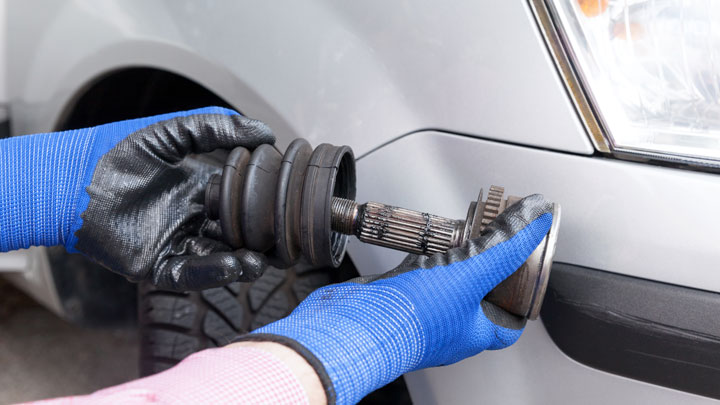pada tanggal
Car
car design
- Dapatkan link
- X
- Aplikasi Lainnya

Honda cars are known for their reliability, high quality parts and excellent fuel economy. Their ATV is no exception. These are powerful machines known to withstand rugged terrain, weather and driving. However, like any other vehicle, it is prone to failure if not carefully maintained and cared for.
Honda CV joint
Constant velocity joints or CV joints are a very important part of ATV as they are essential to provide proper control and maneuverability. The axle assembly of the Honda model ATV is used to shift power from the transmission to the wheels. This is where the CV joints are located. This is part of the drive shaft that connects to the ATV transmission at one end and to the wheel at the other end. They are designed to allow you to bend in any direction while keeping the drive wheels rotating at a constant speed.
Active use of Honda CV joints can cause wear and must be repaired or replaced. However, there are signs of failure before it fails completely. You don’t have to be a professional mechanic to notice these signs. This section describes some of these symptoms. This helps the driver detect defective CV joints in advance and avoid costly repairs.
1.1. Clicking sound when turning
This is the most prominent sign that something is wrong. While rotating, the CV joint will repeatedly pop or click. This is especially noticeable when turning sharp curves at low speeds, as the clicks are so loud.
2.2. Vibration during acceleration
Another very noticeable sign observed while driving is the violent vibration or shaking of the steering wheel, especially when accelerating. It’s best to pull or slow down to a safe place and check immediately.
3.3. Increasing humming noise
This symptom may be associated with vibration while increasing speed. While driving, the car makes a humming noise, which grows when accelerating and stops when decelerating.
4.4. Crank type noise during acceleration
This type of noise occurs at the inner or outer joints of the ATV vehicle. This noise can also be the result of extreme backlash in the differential gear. One good way to see this symptomatology is to move the vehicle backwards and accelerate. If the junk is more noticeable, it indicates that the inner CV joint is defective.
5.5. Vibration at high speed
There are many possible reasons for this vibration, such as tire imbalance or misalignment. However, any association with any of the above symptoms should be considered a solid sign of a CV joint defect.
These are some signs of a Honda CV joint failure. It is always best to check them through regular inspections and inspections. The fact that ATVs are being used very aggressively makes them even more important.
Komentar
Posting Komentar